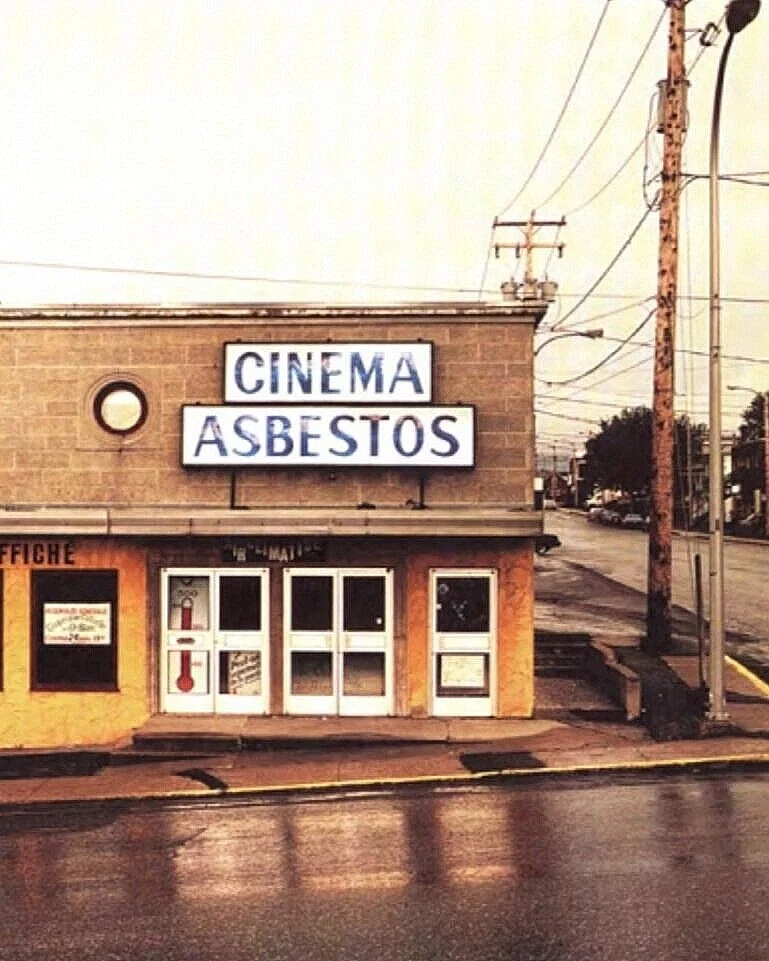Rx 13 / Trapped
Over the course of making this film I witnessed what I truly believe is not only a threat to abortion access, but also a threat to our democratic ideals.
–Dawn Porter, on the making of Trapped
This film still from Dawn Porter’s 2016 documentary Trapped represents the ideals of democracy, concretized here in tender solidarity. The image juxtaposes the sterilized trappings of a clinical environment with a moment of compassion and support—of accessible care in the fullest sense. Here, we see the fundamental tension and trauma of American abortion embodied: the most intimate of decisions publicly scrutinized, controlled, and criminalized at the ever-present hand of partisan politics. Yet the hands seen here are clasped in a silent validation of vulnerability and compassion—caregiving reified within a gesture of trust and shared presence.
Porter’s film documents the rise of TRAP, or Targeted Regulation of Abortion Providers laws, during a three-year period of restrictions imposed on abortion and reproductive healthcare access in the United States. Trapped follows clinic workers and lawyers, including those taking their cases to the Supreme Court, as they fight to keep abortion safe and legal for millions of American women, most of whom are poor, uninsured people of color. Indeed, nearly fifty percent of Hispanic women and approximately seventy percent of Black women live in states without public coverage of abortion, which are often considered “hostile” due to newer state restrictions, such as those Trapped highlights.
Southern clinics in particular fight to survive. In Texas at the time of the film’s release, fewer than half of the clinics open in 2013 were still functioning. In Alabama, a handful of clinics struggled to keep their doors open. And in Mississippi, just one abortion clinic remained. Because clinics must comply with state requirements that the American Medical Association has deemed medically unnecessary, poor women of color are continually stripped of basic medical care. And as legal scholar Dorothy Roberts contends, to strip swaths of the population of control over their bodies is to threaten civil rights and democracy itself.
reflections…
We increasingly find ourselves in an ongoing fight to protect women’s reproductive rights. How can clinicians uphold an ethos of justice and protect access to comprehensive reproductive healthcare, including contraception and abortion, particularly to serve the needs of economically disadvantaged patients and patients of color? How can we leverage this moment of pervasive uncertainty to illuminate the ways in which choice, power, and autonomy are always threatened or non-existent for low-income women and women of color, like those featured in Trapped?
Following Porter’s lead, how can physicians similarly amplify their voices to change the narrative and fight the stigma and mischaracterization of women seeking abortions? How can we work to validate all abortion stories as equally worthy of the compassion and care embodied in the Trapped film still? How can training programs and medical institutions re-contextualize abortion as part of the full spectrum of female reproductive health care and most importantly and urgently, as a fundamental hallmark of a democracy?
SOURCES
Keogh, Louise Anne et al. “Conscientious objection to abortion, the law and its implementation in Victoria, Australia: perspectives of abortion service providers.” BMC medical ethics vol. 20,1 11. 31 Jan. 2019, doi:10.1186/s12910-019-0346-1.
Loretta J. Ross, Lynn Roberts, Erika Derkas, Whitney Peoples, and Pamela Bridgewater Toure, eds., Radical Reproductive Justice: Foundations, Theory, Practice, Critique (New York: Feminist Press at the City University of New York, 2017). Q&A: Dawn Porter Unlocks the Story of Laws Targeting Abortion Providers. Public Broadcasting Service, www.pbs.org/independentlens/blog/dawn-porter-unlocks-story-of-laws-targeting-abortion-providers/.
“SCOTUS Affirms Abortion Is Health Care.” Physicians for Reproductive Health, prh.org/press-releases/scotus-affirms-abortion-is-health-care/.
Talbot, Margaret. “The Study That Debunks Most Anti-Abortion Arguments.” The New Yorker, www.newyorker.com/books/under-review/the-study-that-debunks-most-anti-abortion-arguments.
“Targeted Regulation of Abortion Providers.” Guttmacher Institute, www.guttmacher.org/state-policy/explore/targeted-regulation-abortion-providers.
“Trapped by Undue Burden,” Slought, 2016, https://slought.org/resources/trapped_by_undue_burden.







